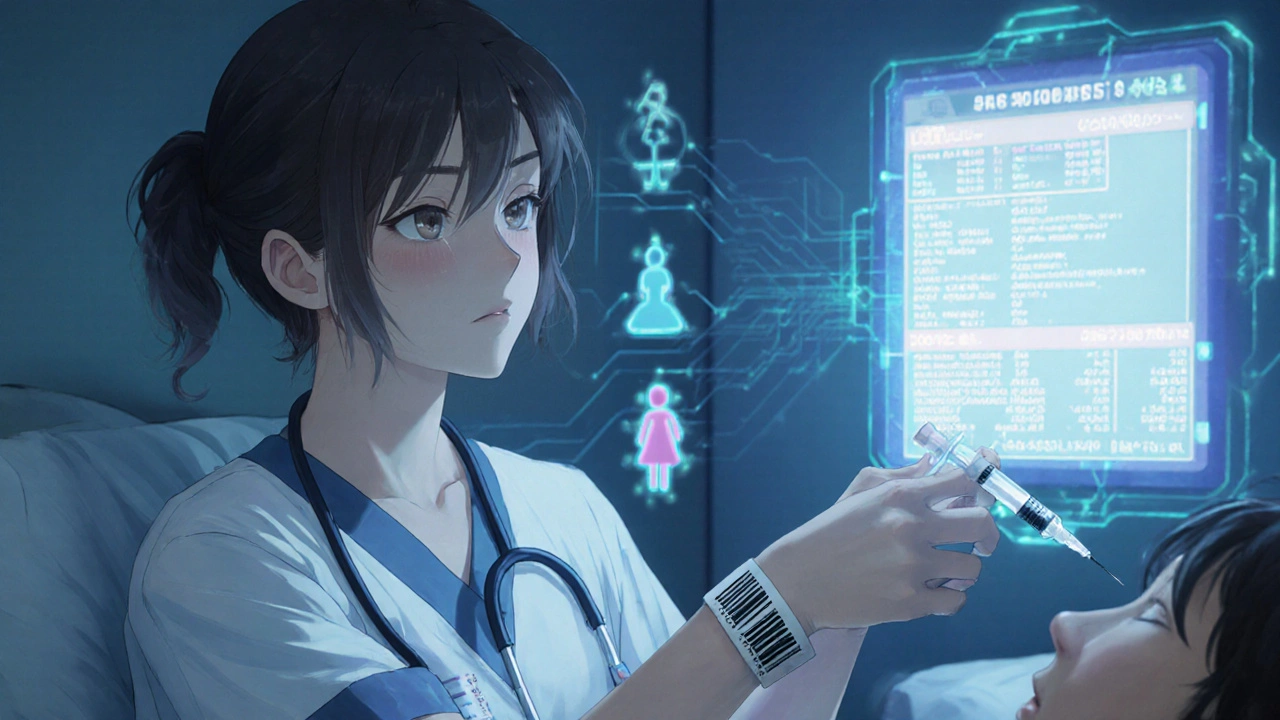High-Alert Medications: What They Are, Why They Matter, and How to Stay Safe
When a drug is labeled a high-alert medication, a drug with a high risk of causing significant patient harm when used incorrectly. These aren’t just strong drugs—they’re the ones that can kill you if the dose is off by a milligram, if it’s given too fast, or if it’s mixed up with something similar. Think insulin, opioids, blood thinners, or chemotherapy drugs. One mistake, and the outcome isn’t a minor side effect—it’s a trip to the ER, organ failure, or worse.
What makes these drugs so dangerous isn’t just their strength. It’s how easy it is to mess up. A medication overdose, an accidental or intentional intake of a drug beyond the safe dosage can happen because two pills look alike, because a nurse misreads a handwritten script, or because a pharmacist doesn’t catch a dosage error. The drug errors, mistakes in prescribing, dispensing, or administering medication aren’t always about carelessness. Sometimes, it’s because hospitals are rushed, systems are outdated, or patients are on too many drugs at once.
These aren’t hypothetical risks. Studies show that over half of all serious medication errors involve high-alert drugs. And it’s not just hospitals—home use of insulin or warfarin can be just as deadly if you don’t know what you’re doing. That’s why knowing which drugs are on the list matters. It’s not about fear. It’s about awareness. If you’re taking one of these, you need to ask questions: Why am I on this? What happens if I take too much? What should I watch for? What if I miss a dose? Your pharmacist isn’t just handing you a pill—they’re your last line of defense.
The posts below cover real cases and real solutions. You’ll find guides on spotting dangerous interactions, understanding warning signs of overdose, and how certain meds like clozapine or bupropion carry hidden risks that aren’t always clear on the label. You’ll learn how liver checks, blood tests, and simple habits can prevent disaster. And you’ll see how even common drugs—like antihistamines or decongestants—can trigger emergencies like acute glaucoma in people with narrow eye angles. This isn’t theory. It’s what happens when safety slips through the cracks.
Whether you’re a patient, a caregiver, or a healthcare worker, this collection gives you the facts you need to stay alive. No fluff. No jargon. Just what you need to know before the next pill goes in your mouth.
How to Verify Dose Changes and Avoid Miscommunication in Healthcare
Learn how to verify medication dose changes using proven protocols that prevent deadly miscommunication. Discover the 3-step verification process, when to use double checks vs. barcode scanning, and how SBAR communication saves lives.

